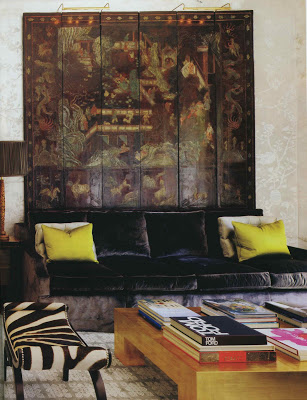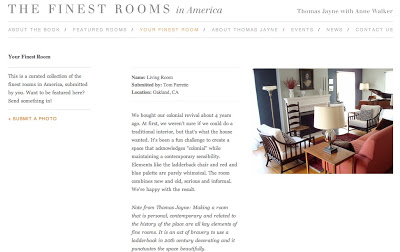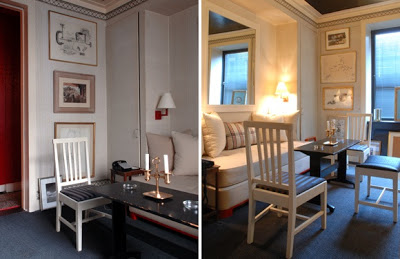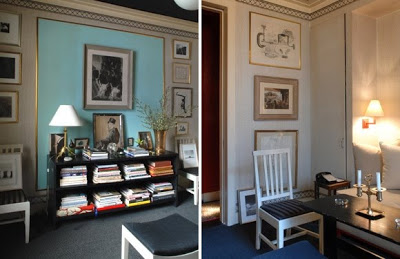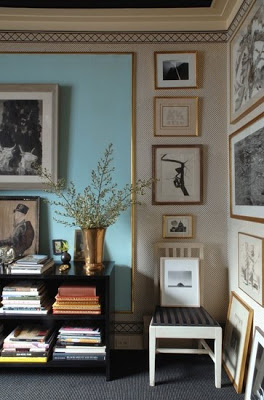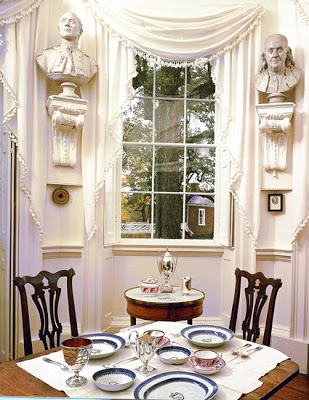 I was in New York last week and was delighted that I was able to talk with Thomas Jayne about his new book, The Finest Rooms in America.
I was in New York last week and was delighted that I was able to talk with Thomas Jayne about his new book, The Finest Rooms in America.
Many of you may have
The Finest Rooms by America’s Great Decorators published in 1965. While several of the selections in the vintage book have a very similar feel, Jayne’s do not. As Jayne said, “It was a microcosm of New York decorating. Today there is not a clear group [of decorators], not a single shared aesthetic. Not everyone wants a French room.”
He notes that his book is a completely subjective compilation. Once he’d conceived the project he sat down to make a list of the thirty rooms he would like to see in the book. He had it in short measure. He then went back to fill in the gaps, “like the big, flouncy chintz room. It needed that.” He was able to secure nearly every room on his wish list.
There are not “new” projects in the book, though there were a few that were new to me. In addition, many of my favorite rooms do appear on the pages and I did not have them in printed form before, like the Brody House by Billy Haines and the Menil house by Charles James. I told Jayne that
Suzanne Trocme’s Influential Interiors was, yes, influential to me. Perhaps a retread to others, Trocme’s book introduced me to many names in design history.

This is part of the value of Jayne’s book as well, to see a clear perspective, a distinct point of view, in what will last; it is a bonus to have them all in one lovely place.
All images from The Finest Rooms in America courtesy of Monacelli Press. From top, Monticello photographed by Paul Rocheleau; Hadley’s sitting room by Kerri McCaffety; Mary Cooper House, McCaffety; Oceanfront House, Scott Frances; Francis Brody House, Oberto Gili.








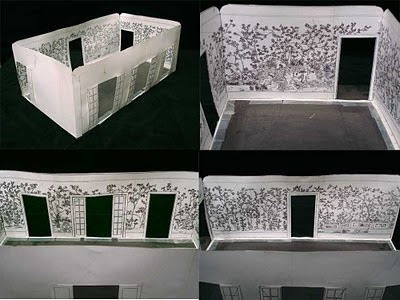 That subtle, luminous chinoiserie shimmering on the wall is not paper, rather painting. But the really remarkable thing about it is the process. You can read how the project was conceived and executed here.
That subtle, luminous chinoiserie shimmering on the wall is not paper, rather painting. But the really remarkable thing about it is the process. You can read how the project was conceived and executed here.
